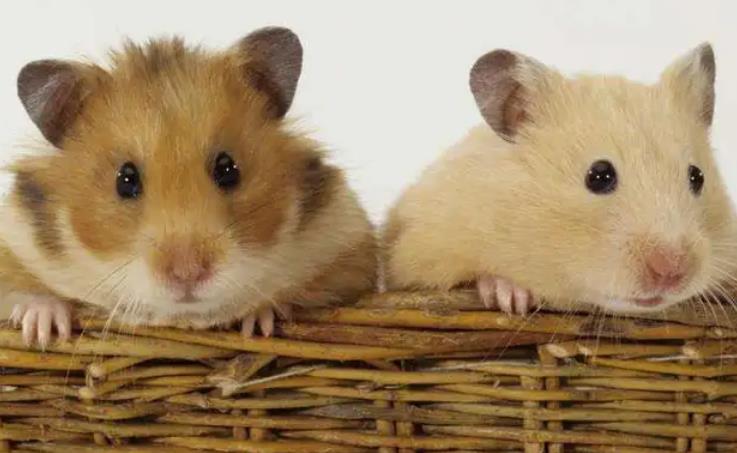The following are methods for choosing a healthy hamster:

I. Observe the appearance
1. Fur: The fur of a healthy hamster should be smooth and neat, without knots, bald patches, or obvious hair loss. The hair color is even and shiny. If sparse, rough fur or an unusual odor is found, it may be a sign of health problems.
2. Eyes: The eyes should be bright and clear, without redness, discharge, or eye boogers. If there is excessive discharge around the hamster's eyes, it may be a sign of eye infection or other diseases.
3. Ears: The ears should be clean without odor or discharge. Check inside the ears for signs of redness, inflammation, or parasites.
4. Nose: The nose should be dry without snot or discharge. If the hamster has a runny nose or the area around the nose is moist, it may be a sign of a cold or respiratory infection.
5. Mouth: The area around the mouth should be clean without food residues or drool. Check whether the teeth are neat and there is no overgrowth or deformity. The teeth of hamsters keep growing, and overly long teeth may affect their eating and health.
6. Tail: The tail should be clean without moisture or fecal residue. If the tail is moist or has an unusual odor, it may be a sign of diarrhea or other digestive problems.
II. Observe behavior
1. Activity level: A healthy hamster should be lively and active, full of energy. It explores, climbs, and plays around in the cage. If the hamster appears listless and inactive, it may be a sign of physical discomfort or illness.
2. Appetite: Observe whether the hamster's appetite is normal. A healthy hamster will be interested in food and eat actively. If the hamster has a poor appetite, refuses to eat, or has a significantly reduced food intake, it may be a sign of health problems.
3. Drinking water: Check the hamster's drinking situation. A healthy hamster will drink water normally. If it is found that the hamster does not drink water or has a significantly reduced water intake, it may be a sign of a physical problem.
4. Excretion: Observe the hamster's excretion situation. The feces of a healthy hamster should be dry and formed without an unusual odor. If the feces are soft, have an unusual odor, or have an abnormal color, it may be a sign of digestive problems. The urine of hamsters should be light yellow or colorless. If the urine color is too dark or has an unusual odor, it may also be a sign of health problems.
III. Choose a reliable source
1. Regular pet stores: Choose a regular pet store with a good reputation and credibility to buy hamsters. These pet stores usually conduct health checks and care for hamsters and provide certain after-sales guarantees.
2. Farms: Some professional hamster farms can also provide healthy hamsters. When choosing a farm, understand its breeding environment and management situation to ensure the health and quality of hamsters.
3. Private breeders: Reliable private breeders can be found through pet forums, social media, and other channels. Communicate with private breeders to understand the breeding environment and health status of hamsters. However, it should be noted that the quality of private breeders varies, so choose carefully.
IV. Pay attention to the purchase timing
1. Age: Choose hamsters of an appropriate age. Generally speaking, hamsters at 4-6 weeks of age are more suitable for being kept as pets. Hamsters at this age have been weaned, are relatively strong, and can easily adapt to a new environment.
2. Season: Avoid buying hamsters in hot summers or cold winters. Extreme temperatures may affect the health of hamsters and increase the difficulty of transportation and adaptation to a new environment.
In conclusion, choosing a healthy hamster requires careful observation of appearance and behavior, selection of a reliable source, and attention to the purchase timing. This can ensure that the hamster you bring home is healthy, lively, and becomes your good companion.
